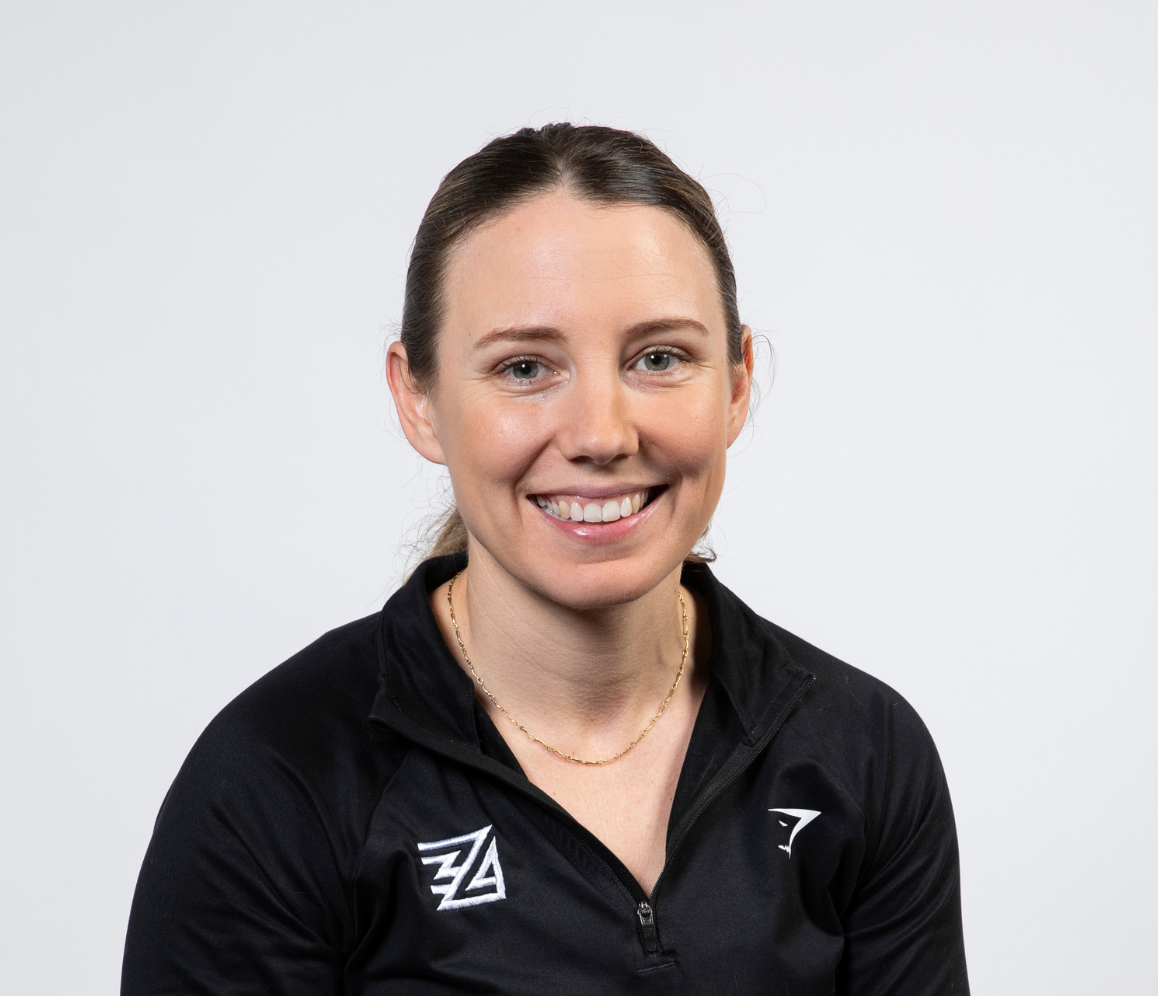Defrosting the facts: Understanding Frozen Shoulder
Lauren McMaffrey: Physiotherapist

What is Frozen Shoulder?
Frozen Shoulder, also known as adhesive capsulitis, is a condition characterised by pain and stiffness of the shoulder.
Your shoulder is a ball and socket joint surrounded by a tough, fibrous, connective tissue known as the shoulder capsule. A frozen shoulder occurs when this capsule, and the ligaments and tendons around it, become inflamed, thicken and tighten. This results in a gradual loss of range of motion and increase in pain, generally located over the outer shoulder area and upper arm.
Frozen Shoulder is a common condition that affects 2-5% of people in their lifetime, generally between 40 – 60 years of age (1). Approximately 70% of individuals who present with a frozen shoulder are women (2). It is more prevalent in the non-dominant arm of women of menopausal age.
Frozen shoulder is also more common in people with diabetes, Parkinson’s disease or those who have had a stroke.
What causes a frozen shoulder?
The exact cause of a frozen shoulder is uncertain, however it is understood to be the result of an acute and chronic inflammatory process. It can be classified as either primary frozen shoulder or secondary frozen shoulder.
Primary, or idiopathic, frozen shoulder can occur without any known cause. Secondary frozen shoulder can result from an injury, surgery or predisposing factors such as diabetes or thyroid conditions. Changes in hormones during menopause is also thought to be a risk factor.
It is thought that an autoimmune response is triggered (where the body’s immune system mistakenly attacks its own tissues), escalating inflammation in the shoulder capsule. As this inflammation develops and the capsule tightens, your movement can become severely restricted and painful.
Stages of frozen shoulder
The condition gradually progresses through 3 stages:
Stage 1: Freezing (Pain)
A gradual onset of pain and reduced shoulder range of motion.
Stage 2: Frozen (Stiff)
Pain generally improves however stiffness persists or worsens.
Stage 3: Thawing (Recovery)
Stiffness and pain slowly lessen over time.
The average duration of a frozen shoulder is 30 months (3), however 50% of people may experience ongoing pain and stiffness for up to 7 years (4).
Diagnosis – do I need a scan?
Diagnosing a frozen shoulder can be challenging as there is often an overlap in the signs and symptoms between frozen shoulder and other conditions, including rotator cuff related shoulder pain and shoulder osteoarthritis. Imaging (such as plain x-ray) can be useful to rule out other sources of your shoulder’s stiffness. Diagnosis of frozen shoulder is made through a detailed clinical history and assessment, and exclusion of other diagnoses. Your physiotherapist will listen to your history, signs and symptoms and assess your range of motion and strength.

What are the treatment options for a frozen shoulder?
There is currently no cure for frozen shoulder. Best practice consists of gentle physiotherapy exercises and activity modification strategies to manage your pain in the early stages. Joint mobilisation and exercise therapy may be beneficial in the later stages to regain range of motion and strength.
There is evidence to support the use of cortisone injections, in combination with simple home exercises, for pain reduction in the early stages of frozen shoulder (5). Your doctor can provide further guidance around pain management, including medication or injection to settle symptoms.
Surgery is not routinely recommended. Capsular release surgery may be considered on a case by case basis. It is generally a last resort and may not lead to better outcomes than exercise alone (6).
 How can seeing a physiotherapist help?
How can seeing a physiotherapist help?
In the initial, painful “freezing” stage, your physiotherapist can provide a gentle exercise program and manual therapy to alleviate symptoms. They will provide lots of advice and education on ways to support the arm to minimise aggravating symptoms, for example, using a pillow to offload the arm when sleeping. High intensity stretching and exercise should be avoided in the early stages, as this can increase the symptoms and inflammation in your shoulder.
In the later stages, your physio will work with you to regain strength and mobility through a progressive exercise program as well as joint mobilisation. This will assist you in regaining good function of your arm with normal daily activities and get back to doing the things you love.
While we know frozen shoulder typically resolves over 1-3 years, Physiotherapy can help you with managing symptoms, identifying lifestyle risk factors and modifying physical activity to suit the stage you are in and facilitate recovery.
What can I do about it?
If you are experiencing pain and stiffness in your shoulder, contact our trusty team at Zone 34 to organise an assessment on 02 9056 0850 or at reception@zone34.com.au to book an appointment. We’re here to support you every step of the way.

Zone 34 Physiotherapists
References:
1. Neviaser, A. S., & Hannafin, J. A. (2010). Adhesive capsulitis: a review of current treatment. The American journal of sports medicine, 38(11), 2346–2356. https://doi.org/10.1177/0363546509348048
2. Page, P., & Labbe, A. (2010). Adhesive capsulitis: use the evidence to integrate your interventions. North American journal of sports physical therapy : NAJSPT, 5(4), 266–273.
3. Lewis J. (2015). Frozen shoulder contracture syndrome – Aetiology, diagnosis and management. Manual therapy, 20(1), 2–9. https://doi.org/10.1016/j.math.2014.07.0064. Shaffer, B., Tibone, J. E., & Kerlan, R. K. (1992). Frozen shoulder. A long-term follow-up. The Journal of bone and joint surgery. American volume, 74(5), 738–746.
5. Carette S, Moffet H, Tardif J, Bessette L, Morin F, Fremont P, et al. Intraarticular corticosteroids, supervised physiotherapy, or a combination of the two in the treatment of adhesive capsulitis of the shoulder: a placebo-controlled trial. Arthritis and rheumatism. 2003;48(3):829-38.
6. Rangan, A., Brealey, S. D., Keding, A., Corbacho, B., Northgraves, M., Kottam, L., Goodchild, L., Srikesavan, C., Rex, S., Charalambous, C. P., Hanchard, N., Armstrong, A., Brooksbank, A., Carr, A., Cooper, C., Dias, J. J., Donnelly, I., Hewitt, C., Lamb, S. E., & McDaid, C. (2020). Management of adults with primary frozen shoulder in secondary care (UK FROST): a multicentre, pragmatic, three-arm, superiority randomised clinical trial. The Lancet, 396(10256), 977–989. https://doi.org/10.1016/s0140-6736(20)31965-6


 How can seeing a physiotherapist help?
How can seeing a physiotherapist help?







